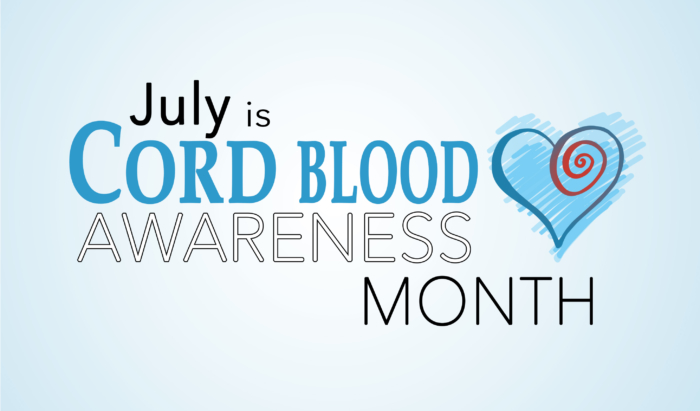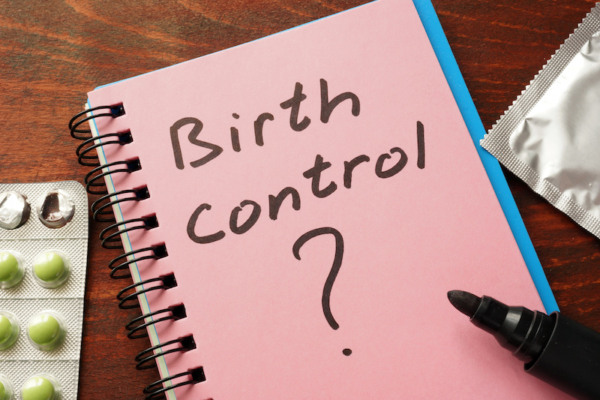If you have made the decision to breastfeed your baby, you might have some questions about what it’s like and how you can nurse successfully. To prepare for National Breastfeeding Month in August, we have come up with some breastfeeding tips for new moms.
1. Enlist Help
One of the first breastfeeding tips that can help new moms is to see a lactation consultant. You can research local consultants and meet them before you give birth so they can help you from the very start of your baby’s life. Some insurance plans will cover or pay for part of a lactation consultant’s services. Get your partner involved as well, because they’ll need to provide support even if they aren’t going to be nursing the baby. UNC Rex Hospital has excellent lactation consultants on staff to help you get started and address any difficulties while you are in the hospital, and many pediatricians also have lactation consultants to help after discharge.
2. Join a Lactation Support Group
Some women find it useful to find a local lactation group to join. That way you can get breastfeeding tips in person from other women going through the same process you are.
3. Start Right Away
Experts recommend starting nursing within the first hour after delivery when possible. Skin to skin contact is also recommended as soon as possible. In uncomplicated deliveries, immediate skin to skn is standard at UNC Rex Hospital. It may seem like you’re just producing a few drops, but starting early is important and the first you produce (colostrum) is great for your baby.
4. Get Comfortable & Relaxed
Find breastfeeding positions that are comfortable for you and your baby. If either one of you is tense or uncomfortable, it probably won’t be a very productive nursing session.
5. Help Your Baby Find a Good Position
One breastfeeding tip some moms have found useful is to make sure the baby’s feet touching a surface like your leg, a pillow, or the arm of a chair. This can help make them feel more secure when they’re tucked up against you.
6. Try a Nursing Stool
Many moms swear by nursing stools to help them find a comfortable position while nursing. You put the stool at your feet while you sit on a chair or the couch. The stool will allow you to stay in a comfortable position that is good for your back, neck, and shoulders.
7. Hold Off On Bottles if You Can
If possible, hold off on feeding with a bottle until you and your baby are completely comfortable with breastfeeding. Once you’ve gotten good at nursing, you can start expressing milk with a pump and feeding with a bottle. Many people find that they can introduce the bottle at 4-6 weeks.
8. Make Sure You’re Eating Right (And Enough!)
Unlike during pregnancy, what you eat and drink doesn’t pass directly to your baby when you breastfeed. However, the things you consume can still affect the baby. Plus, you need to maintain good nutrition for yourself so you can continue to produce nutritious breast milk and have enough good stuff left to fuel your own body. And make sure you’re always well hydrated.
9. Research a Good Pump
If you plan to pump, do some research before you commit to one. Most insurance plans will cover the cost of a breast pump, and we’ll take care of starting the ordering process during your pregnancy. If you plan to buy one yourself, check reviews and ask your friends for recommendations. You don’t want to invest in something that doesn’t work for you.
10. Find Ways to Soothe Soreness
As you continue to nurse, you and your baby will both get more comfortable with it. However, along the way, you might still have some soreness or chapped skin on your nipples. There are many products available to soreness and keep nipples moisturized. Some moms like ointments and creams with lanolin but there are vegan options as well. Cooling pads or compresses can also help with discomfort.
11. Be Kind to Yourself
You might have heard that breastfeeding is the most natural thing in the world. But the truth is that everyone needs a bit of time to adjust to it. And it’s difficult for some people even after they spend time working at it. Just do the best you can for you and your baby and don’t beat yourself up if you feel like you’re struggling. And know you can always reach out for help.
The physicians, nurses, and medical staff at Raleigh OB/GYN offer a comprehensive list of gynecological and obstetric services to the women of the Raleigh, NC area. If you have questions about pregnancy and breastfeeding, call our office at (919) 876-8225 to make an appointment.










